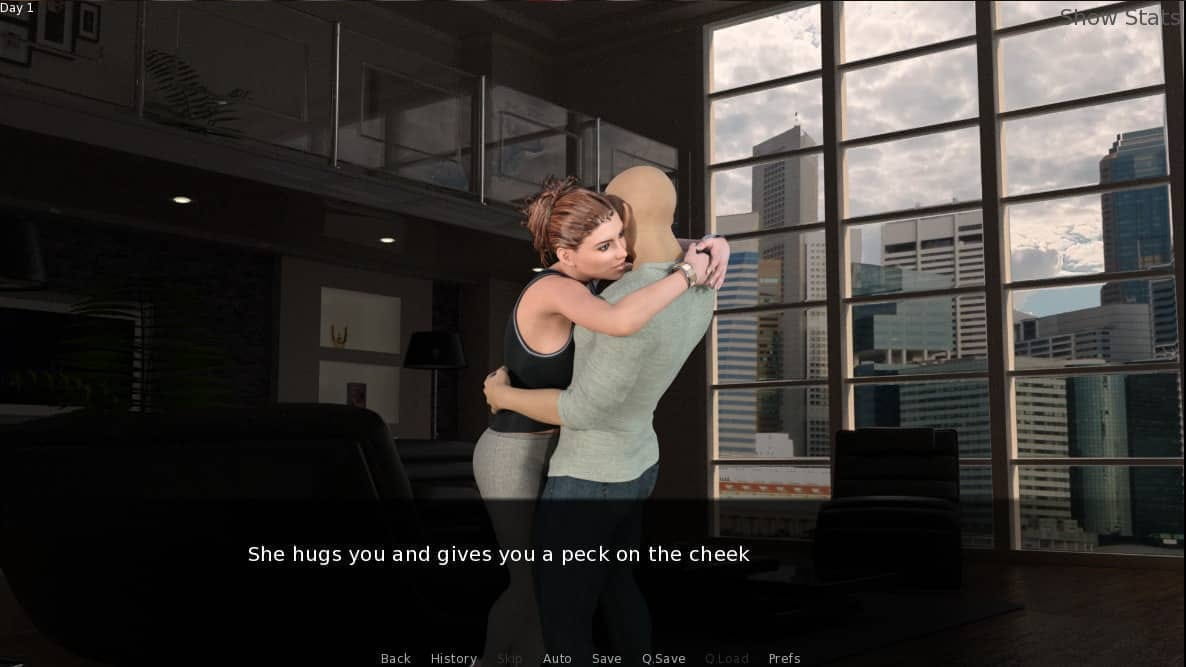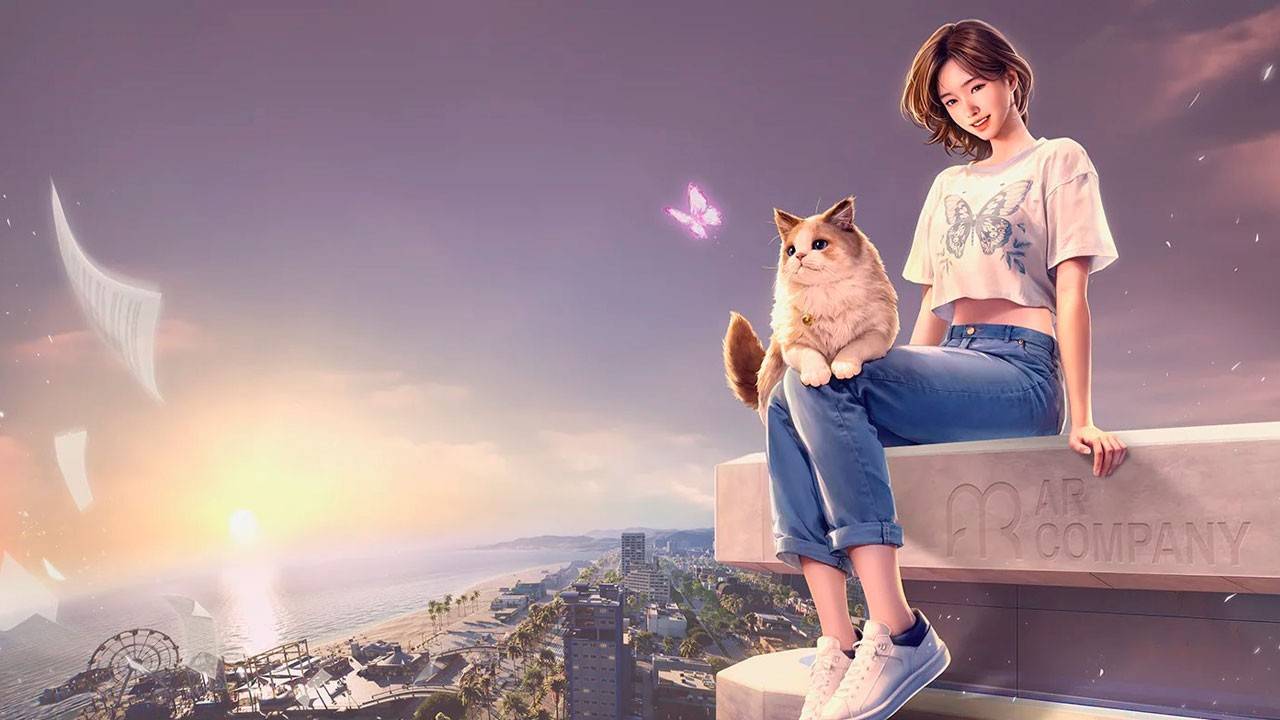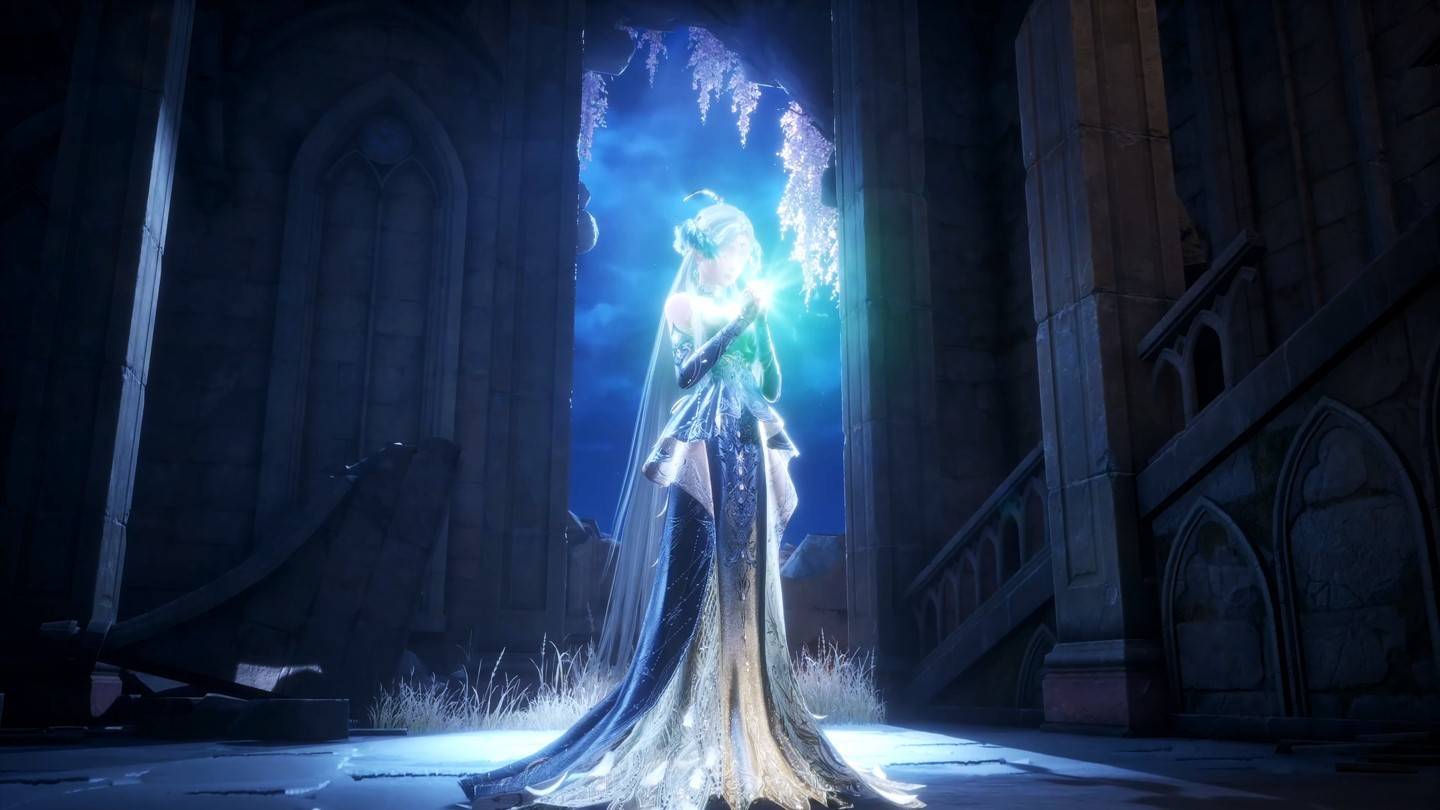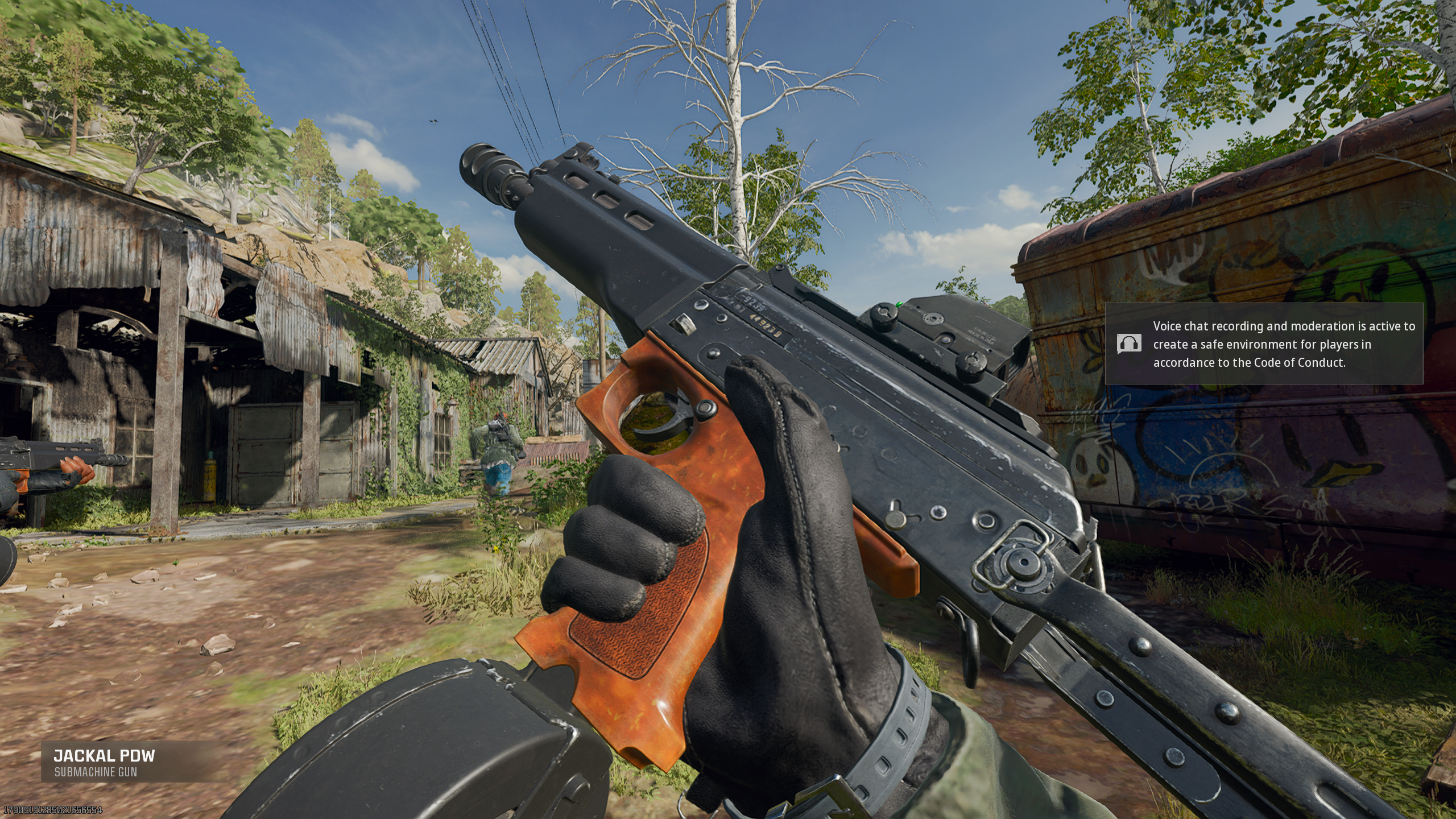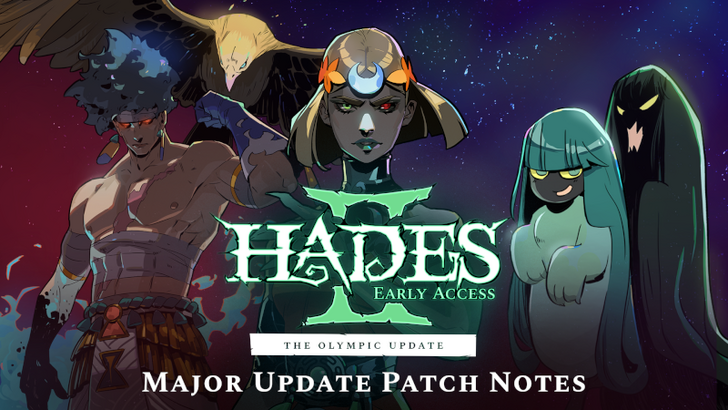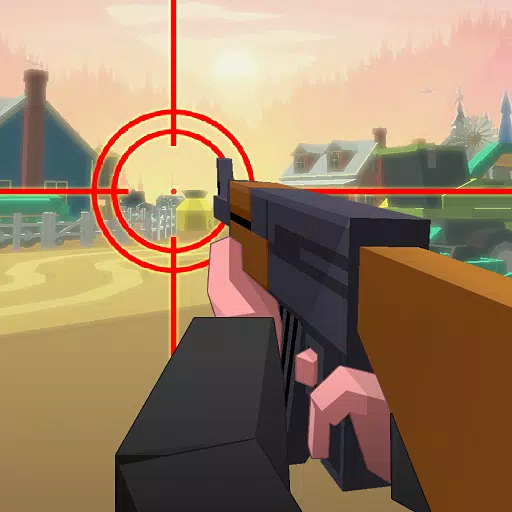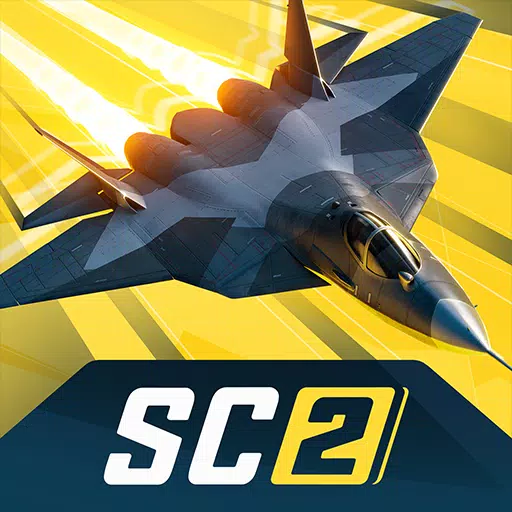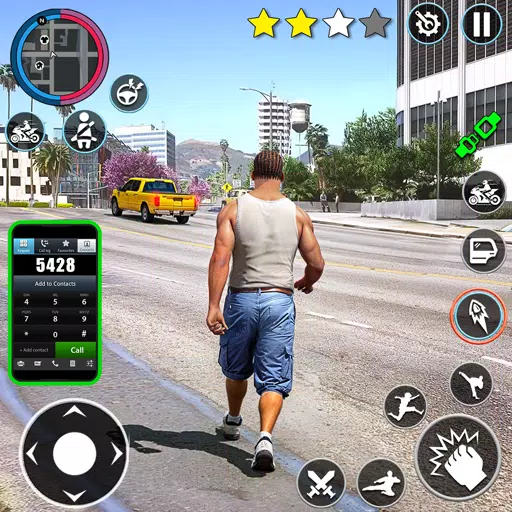Doom: The Dark Ages - A Halo Moment
In a surprising twist, my recent hands-on demo with Doom: The Dark Ages evoked memories of Halo 3. Halfway through the demo, I found myself astride a cyborg dragon, unleashing a barrage of machinegun fire on a demonic battle barge. After neutralizing the vessel's defensive turrets, I landed on the ship and stormed its lower decks, turning the crew into a crimson mess. Moments later, the war machine was obliterated as I burst through its hull and leaped back onto my dragon, resuming my crusade against Hell's machines.
Fans of Halo 3 will recognize the similarities to Master Chief's iconic assault on the Covenant's scarab tanks. The Hornet helicopter has been replaced by a holographic-winged dragon, and the giant laser-firing mech swapped for an occult flying boat, yet the essence remains: an aerial assault transitioning into a devastating boarding action. Interestingly, this wasn't the only Halo-like moment in the demo. While The Dark Ages retains Doom's signature combat, its campaign design echoes late-2000s shooters with its elaborate cutscenes and push for gameplay novelty.
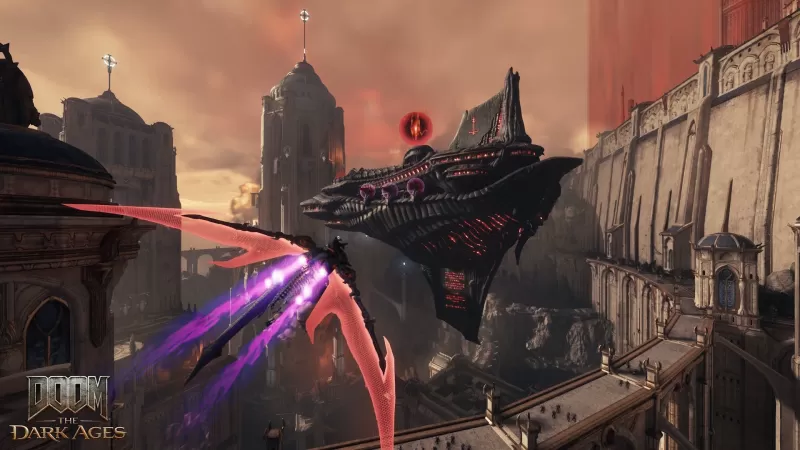
Over two and a half hours, I played through four levels of Doom: The Dark Ages. The opening level mirrored the tightly paced, meticulously designed levels of Doom (2016) and its sequel. Subsequent levels introduced piloting a colossal mech, flying the aforementioned dragon, and navigating a vast battlefield filled with secrets and powerful minibosses. This shift represents a departure from Doom's focus on mechanical purity, aligning more with the likes of Halo, Call of Duty, and even old James Bond games like Nightfire, known for their scripted setpieces and novel mechanics.
This direction is intriguing, especially considering the series once veered away from such elements. The cancelled Doom 4 was set to emulate Call of Duty with its modern military aesthetic and emphasis on characters, cinematic storytelling, and scripted events. id Software ultimately rejected these ideas for Doom (2016), yet here they are again in The Dark Ages.
The campaign's fast pace is punctuated by new gameplay ideas reminiscent of Call of Duty's biggest novelties. My demo began with a lengthy, elaborate cutscene introducing the realm of Argent D'Nur, the opulent Maykrs, and the Night Sentinels, the Doom Slayer's knightly comrades. Portrayed as a terrifying legend, the Doom Slayer's presence feels very Halo-like. The levels themselves feature NPC Night Sentinels scattered throughout, reminiscent of UNSC Marines, enhancing the feeling of being part of a larger force.
While I appreciate the minimalistic storytelling of previous Doom games, the cinematic approach in The Dark Ages feels fresh and different. However, these cutscenes wisely set up missions without disrupting the game's intense flow. Yet, other interruptions occur. Following the opening mission, which began with shotgun slaughter and ended with parrying Hell Knights using the Slayer's new shield, I found myself piloting a Pacific Rim-inspired Atlan mech to battle demonic kaiju, then soaring on a cybernetic dragon to take down battle barges. These scripted levels introduce significant gameplay shifts, similar to Call of Duty's notable sequences like the AC-130 gunship mission or dogfighting in Infinite Warfare. The Atlan feels slow and heavy, while the dragon is fast and agile, creating a varied experience.
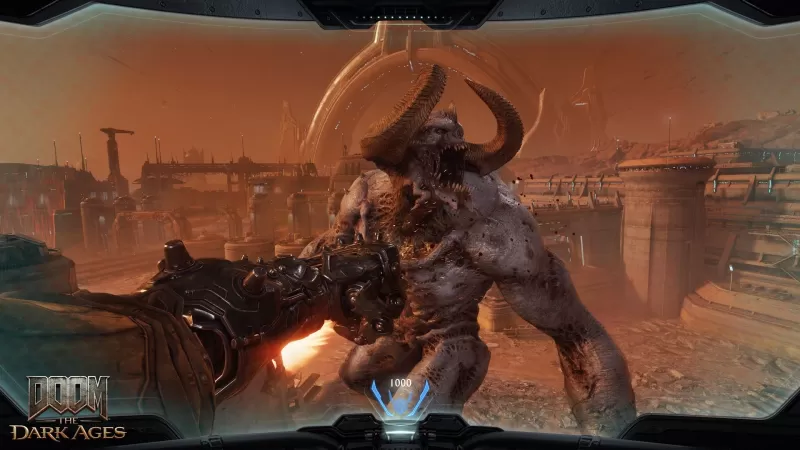
Many top FPS campaigns thrive on such variety, with Half-Life 2 and Titanfall 2 setting the standard, and Halo enduring thanks to its mix of vehicular and on-foot sequences. However, I'm uncertain if this approach suits Doom. The core combat of The Dark Ages remains complex and demanding, while the mech and dragon sequences feel less engaging and almost on-rails.
In Call of Duty, switching to a tank or gunship fits because the mechanical complexity isn't far from on-foot gameplay. In contrast, The Dark Ages highlights a significant gap between gameplay styles, akin to a novice guitarist playing with Eddie Van Halen. Despite the allure of mech punches against giant demons, I found myself yearning for the ground combat and the double-barrelled shotgun.
My final hour of play introduced "Siege," a level that refocuses on id's exceptional gunplay within a vast, open battlefield. The level's design, shifting between narrow and wide spaces, evokes the contrast between Halo's interior and exterior environments. The mission to destroy five Gore Portals mirrors Call of Duty's multi-objective missions, yet it felt more like Halo as the core shooter mechanics were recontextualized in larger spaces. This required rethinking weapon ranges and using charge attacks and shields in new ways.
Expanding Doom's playspace risks losing focus, as I found myself backtracking through empty paths. Incorporating the dragon like a Halo Banshee could maintain pace and integrate it more seamlessly. If such a level exists beyond my demo, it would be a welcome addition.
The revival of ideas from the cancelled Doom 4 in The Dark Ages is fascinating. These included scripted setpieces and vehicle scenes, reminiscent of Xbox 360-era shooters. Marty Stratton from id Software confirmed Doom 4 was closer to Call of Duty with more cinematic elements and characters. Seeing these elements return in The Dark Ages raises questions about their fit for Doom. Were they always a bad idea, or just when they resembled Call of Duty too closely?
Despite these new elements, the core of The Dark Ages remains its intense, on-foot combat. Nothing in the demo suggested this would not be the focus, and the experience reaffirmed its status as another fantastic reinvention of Doom's core. While this alone could support the campaign, id Software clearly has broader ambitions. Some new ideas felt mechanically thin, raising concerns about their integration. However, with more to see, only time will tell how these demo missions fit into the larger picture. I eagerly await May 15th to return to id's unparalleled gunplay and satisfy my curiosity about whether Doom: The Dark Ages will be a compelling late-2000s FPS campaign or a disjointed one.






